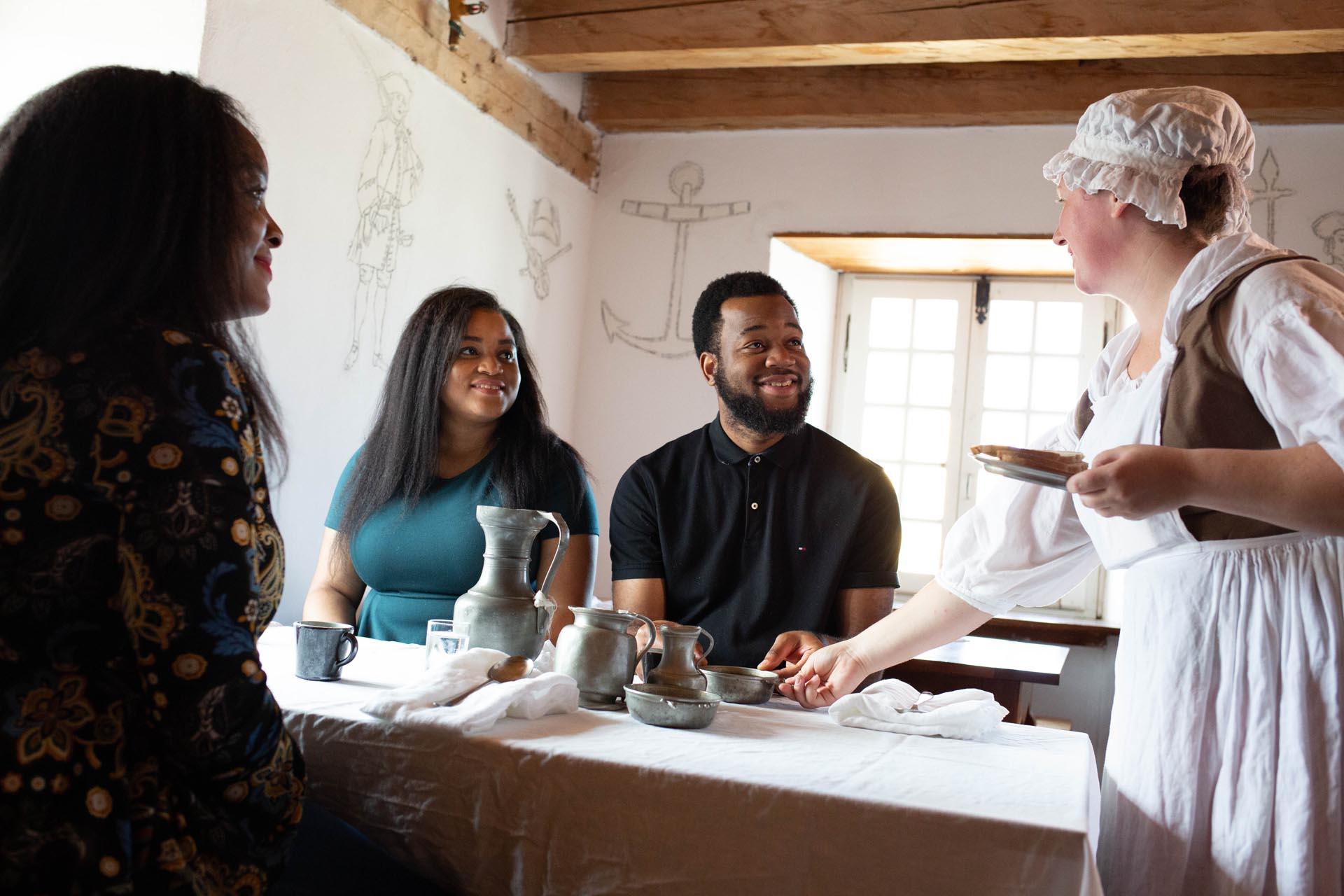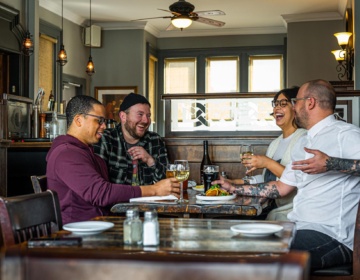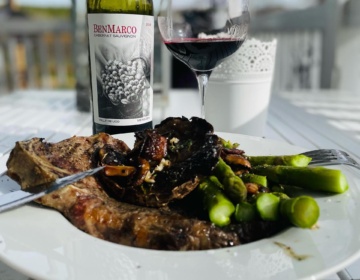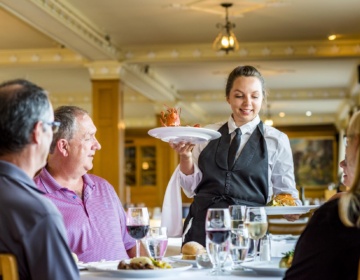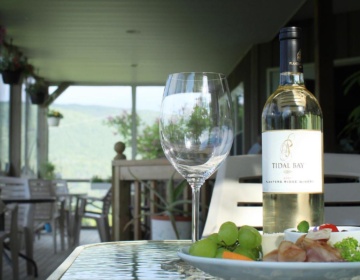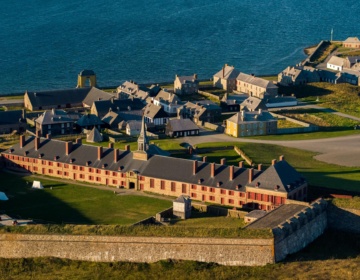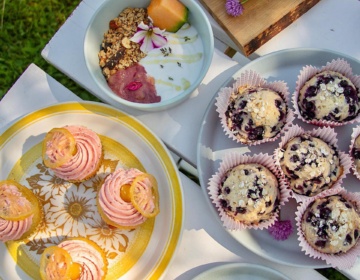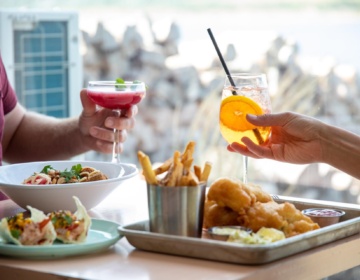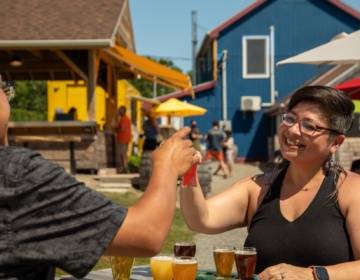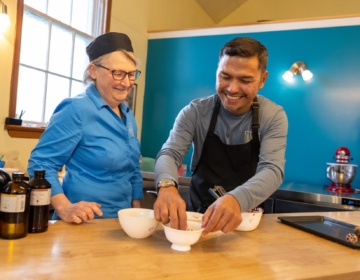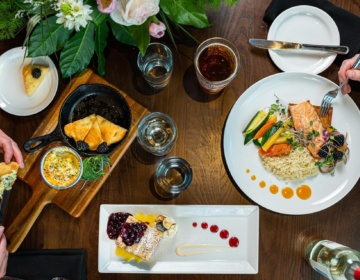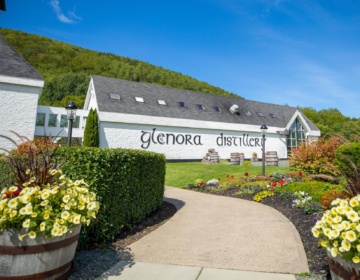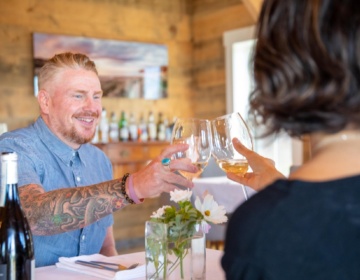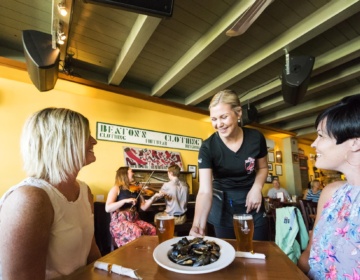About
This big masonry house was one of Joseph Lartigue’s properties, but in 1743 a fisherman named Pierre Lorant and his family rented it to run a tavern. Sailors and soldiers and workmen gathered here, but the building was larger than Lorant needed, and in 1744 part of it was being used to house prisoners of war from captured ships and outposts of the enemy. Today the tavern operates again, reviving the name of a tavern that preceded Lorant’s on this site.
Louisbourg’s drinkers chose from a substantial range of beverages. Most of the colony’s wine came from Bordeaux, but wines from a score of other regions were represented, along with brandies and liqueurs. Rum was becoming popular, and the cod trade to the West Indies that made rum readily available also provided the newly fashionable drink of coffee. Beer was less common, though soldiers and workmen drank sapinette, brewed from an infusion of spruce needles in water and molasses.
If you order a meal in this working class tavern, you may get only a spoon to eat with, for most people carried their own pocket-knives
Hours
- Monday9:30 AM – 4 PM
- Tuesday9:30 AM – 4 PM
- Wednesday9:30 AM – 4 PM
- Thursday9:30 AM – 4 PM
- Friday9:30 AM – 4 PM
- SaturdayClosed
- SundayClosed
More places to visit in Cape Breton
About Cape Breton
Cape Breton Island’s story is told in many ways. It’s etched in her craggy cliffs. Written in the trails that marble her face. Spoken in four languages and celebrated in her music and dance. Alive in the millennia-old history of Unama’ki—Cape Breton Island’s true name, the ancestral and unceded territory of the Mi’kmaw People.
To know our Island is to know she’s an unyielding beauty, one which breeds a fierce spirit, resolute pride, and resilient communities knit together by tradition. Pjila’si, Cíad Míle Fáilte, Bienvenue—welcome to a place loved by many and home to a lucky few.
